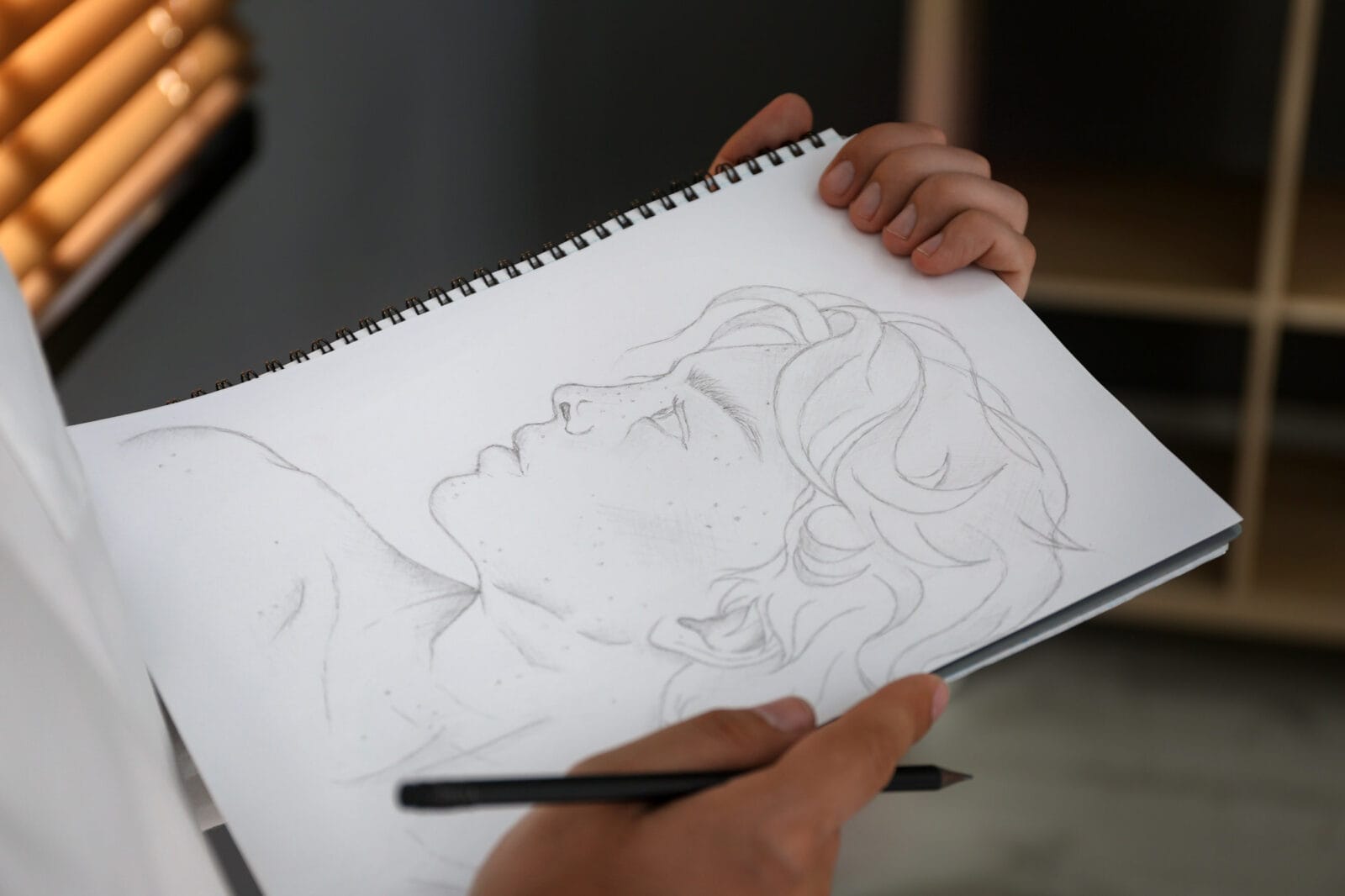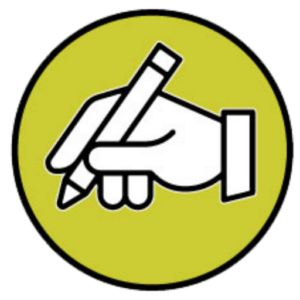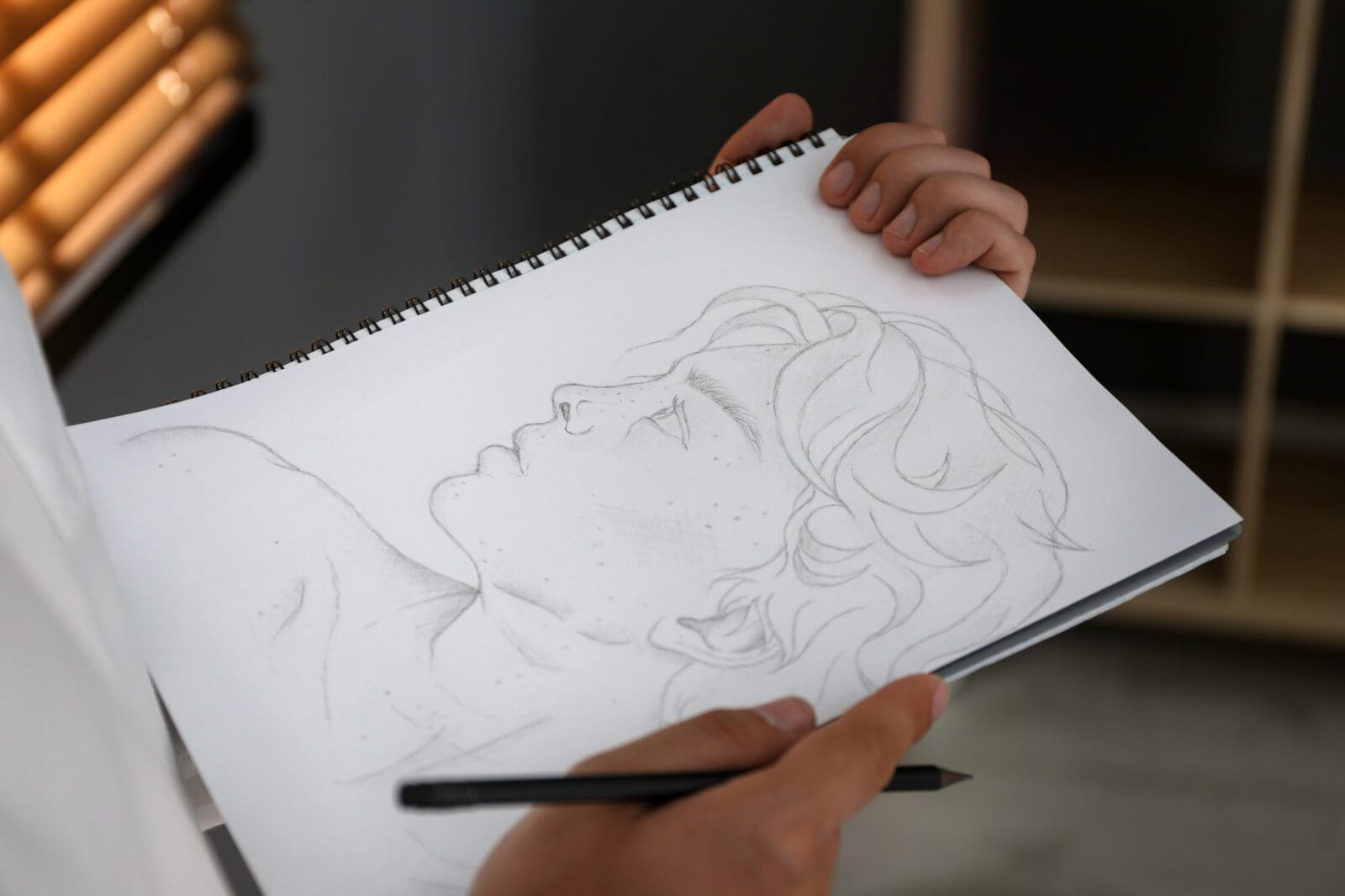When I first decided I wanted to learn how to draw, I naively thought it would be easy. I assumed I could just pick up a pencil and sketch beautiful works of art right away. Of course, that was not the case at all. Those initial enthusiastic drawings were disastrous—crooked lines, inaccurate proportions, messy shading. I lacked the fundamental skills and knowledge of perspective, anatomy, lighting, and composition needed to render realistic drawings.
My Story: The Struggles of a Beginning Artist
My progress felt painfully slow. I saw little improvement week to week despite practicing daily. Getting the shapes and shading just right proved incredibly challenging. I often got frustrated when the images in my mind did not match what I actually drew on the page. It was clear that becoming a skilled artist would require far more time and effort than I anticipated.
Eventually, I realized learning to draw well takes dedication, patience, and trust in the process. Progress would be gradual, with many setbacks and mistakes made along the way. I had to change my mindset and set small, achievable goals instead of expecting perfection immediately.
The Revelations That Transformed My Approach
Most importantly, I needed to fall in love with the learning process rather than just the end result. Instead of judging each failed sketch, I learned to appreciate it as one more step forward. My drawing ability would improve through years of thoughtful practice—there were no shortcuts. Armed with this new perspective, I rediscovered the joy of creating art for its own sake.
My Artistic Growth Through Consistent, Mindful Practice
The years I have invested in daily drawing practice have truly paid off, though the road to improvement was not quick or easy. I filled dozens of sketchbooks, trying new techniques and analyzing master drawings for inspiration. I took art classes to receive expert guidance on foundational skills like proportion and shading. Anatomy studies helped me better depict the human form.
Most importantly, I learned to celebrate small wins and enjoy the learning process itself. Now when I look back at old drawings, I can see tremendous development in my abilities. I have refined my unique style through experimentation. My observational skills have sharpened from drawing live subjects. Though I still have much room for growth, I can proudly call myself a skilled artist after this rewarding yet challenging creative journey. My patience and persistence continue to drive me forward.
Handwriting and Drawing Skills: Essential Motor Skills
- Connection Between Handwriting and Drawing: The video emphasizes that becoming more conscious of one’s handwriting style can directly influence and improve drawing skills. Many skilled draftsmen and concept artists possess distinct and strong handwriting styles, suggesting a correlation between clear, confident handwriting and the quality of drawing lines.
- Importance of Line Quality: It’s highlighted that the quality of one’s handwriting can reflect in their drawing abilities. For instance, scratchy and unstable handwriting often correlates with similar issues in drawing lines. The video suggests practicing drawing with basic line shapes like ‘C’s, ‘S’s, and straight lines, which are foundational to both handwriting and drawing.
- Motor Skills and Knowledge in Drawing: The video distinguishes between motor skills and artistic knowledge. Good motor skills might lead to good lines but without sufficient artistic knowledge, the drawings might lack depth. Conversely, those with artistic knowledge but lesser motor skills might produce meaningful yet technically imperfect art.
- Practical Exercises for Improvement: The video recommends exercises such as repeatedly drawing ‘C’s, ‘S’s, and ‘I’s to enhance motor skills and understanding of line formation. It also suggests practicing writing, focusing on readability and consistency, as this can improve one’s control over line quality in drawing.
- Applying Writing Principles to Drawing: The presenter encourages viewers to apply principles from writing, like connecting lines and using a single line per form, to drawing. This approach aims to improve readability and form definition in drawings, similar to how legible writing is achieved through clear and connected letter forms.
A Detailed Look at the Artistic Process
Learning to draw is a rewarding yet challenging journey that requires dedication, patience, and practice. Many aspiring artists wonder, “How long does it take to learn to draw?” While there is no definitive timeline, developing strong artistic skills takes time and commitment.
The Learning Curve: Timeline for Drawing Proficiency
Realistically, it takes 2-4 years of regular practice to gain proficiency and see excellence in drawing. However, the exact timeline varies significantly based on the below factors:
Time Investment
Drawing every day, even for just 30 minutes, accelerates skill development tremendously compared to occasional practice. Artists who immerse themselves in daily drawing see faster improvement.
Quality of Instruction
Self-teaching drawing through books and online resources is valuable. However, taking art classes helps streamline progress with expert guidance. A combination of self-study and formal instruction is ideal.
Innate Ability and Aptitude
We all have natural strengths and weaknesses. Some people inherently excel at rendering visuals through drawing. That said, hard work and determination can help overcome any lack of innate talent.
Mindset and Attitude
Remaining patient, positive, and persistent in the face of challenges leads to greater success. Setting small, achievable goals helps sustain motivation when progress feels slow.
Drawing Goals and Style
Mastering advanced realism requires more time compared to stylized cartooning. Focusing on one or two drawing styles leads to greater proficiency than jumping randomly between techniques.
While the above factors impact the learning curve, there are no true shortcuts. Consistent, thoughtful practice over an extended time is essential for drawing mastery.
Tips for Learning to Draw Faster
Here are some tips to help accelerate your artistic development:
- Practice daily – Frequent drawing sessions build muscle memory faster.
- Take classes – Instruction provides structure and feedback.
- Focus on fundamentals – Nail down foundational skills like proportion and shading.
- Draw from life – Observe and replicate actual objects and scenes.
- Use quality supplies – Good pencils, erasers, and paper make drawing easier.
- Study anatomy – Understanding bodies/forms leads to realism.
- Analyze master drawings – Learn techniques by examining great art.
- Take breaks – Rest your eyes and mind to stay focused.
- Join a community – Connecting with fellow artists provides support and motivation.
While meaningful improvement takes time, applying dedicated effort and practice using these tips will help develop your abilities faster. Learning to draw is challenging but incredibly rewarding. With patience and commitment, nearly anyone can progress from a beginner to a skilled artist. Trust the process, appreciate small wins, and enjoy the journey. Your persistence will pay off in beautiful drawings that you can take pride in creating.
Frequently Asked Questions About Learning to Draw
How many hours a day should you practice drawing?
Aim for at least 20-30 minutes daily. Drawing every day is more important than the length of each session when starting out.
Should I take art classes or teach myself drawing?
Classes provide structure but are not mandatory. Balance self-study through books and online resources with occasional formal instruction for an effective approach.
What are good beginner drawing subjects?
Still-life objects like fruit, flowers, and household items are ideal. Start simple before progressing to complex organic subjects like portraits.
How long does it take to learn realistic drawing?
At least 1-2 years of regular practice to master techniques like proportion, perspective, lighting, and texture are required for realism.
Can I learn drawing if I don’t have natural artistic talent?
Yes! While innate ability provides an advantage, hard work develops skills over time regardless of initial aptitude.
How can I get better at drawing digitally?
Learn traditional drawing fundamentals first. Then practice translating those skills into digital art using drawing tablets and art programs.
What drawing supplies should a beginner get?
Quality drawing pencils, erasers, sketchbooks, and blending stumps or tortillons. Avoid expensive specialized tools early on.
Learning to draw well requires years of thoughtful practice. While your rate of progress depends on many factors, dedication, and persistence are mandatory. Set small goals, expect setbacks, and continue pushing yourself. Regularly apply the tips covered in this article, and you will see steady improvement. Drawing is a lifelong journey, so take inspiration in how far you’ve come rather than how far you have left. Trust the process, believe in yourself, and let your passion guide you into a beautiful artistic world.
Still Struggling to Learn Drawing? Here’s How to Accelerate Your Artistic Progress

The Problem: Learning to Draw Takes Much Longer Than Expected
Many beginners are eager to pick up a pencil and start creating beautiful drawings right away. Unfortunately, most are quickly discouraged when they realize developing strong drawing skills requires far more time and effort than anticipated. Early enthusiastic attempts result in misshapen figures, messy sketches, and little noticeable improvement despite regular practice. The long journey from artistic novice to expert can test one’s patience and motivation.
Amplifying the Issue: Why Drawing Mastery Seems So Elusive
Several factors contribute to the slow, gradual timeline of learning to draw:
- Mastering fundamentals like proportion, perspective, and shading is challenging
- Accurately depicting figures, objects, and scenes demands strong observational skills
- Each drawing medium and technique has a particular learning curve
- Establishing a unique artistic style requires experimentation
- Human anatomy and animal forms are too complex to render realistically
- Advanced realism involves understanding light, textures, movement, etc.
With so many skills to build, progress can feel painfully slow even with regular practice. Reaching expert-level drawing abilities truly requires years of dedicated effort.
The Solution: Shifting Mindsets and Employing Effective Training Strategies
Rather than get discouraged, approach learning to draw as a lifelong creative journey. Celebrate small wins, embrace mistakes as lessons, and enjoy the learning process itself, not just the result. Employing deliberate training strategies also speeds development:
- Practice daily to build muscle memory
- Study master drawings and take art classes
- Focus on core fundamentals before advanced techniques
- Draw from life to build observational skills
- Use quality art supplies designed for learning
- Take regular breaks to rest your eyes and mind
- Join a community for support and motivation
With consistent, thoughtful practice, nearly anyone can progress from novice to skilled artist. Trust the years-long timeline, keep pushing yourself, and let your passion for drawing guide you.
Success Stories: Artistic Growth Through Dedication
James was always fascinated by comic book art but had no drawing experience. After practicing 30 minutes a day for two years using online tutorials, his figures and scenery show remarkable improvement in proportions, perspective, and flow.
Lucy dreamt of learning to draw a realistic portrait. She immersed herself in studying facial anatomy and practiced shading techniques. Now after five years of daily sketching, her remarkable charcoal portraits capture subtle emotions through precise pencil strokes and lighting.
The stories are endless, but the message is consistent: meaningful drawing improvement requires immense patience and persistence. With the right mindset and training approach, progress will come.
Call to Action: Commit to the Drawing Journey
If you feel discouraged by slow progress in learning to draw, know you’re not alone. Learning to draw can take immense time and effort. But meaningful improvement is attainable with consistent, thoughtful practice. Shift your mindset, employ deliberate strategies, and trust the years-long process. Let your passion guide you through this rewarding creative journey. The sense of pride in looking back on your artistic growth will make every hour of practice worthwhile.

